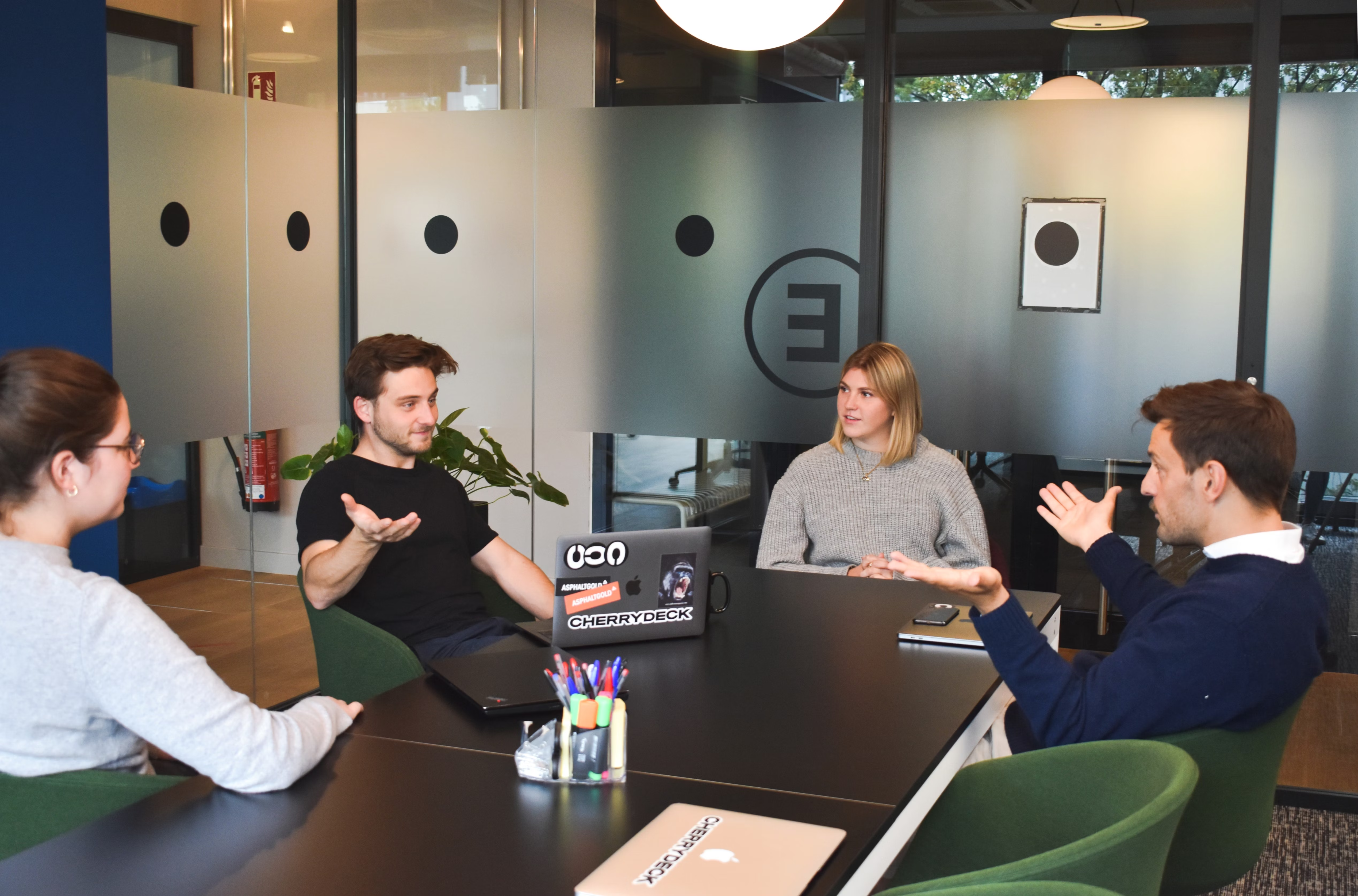How to Build a Successful Startup Without a Technical Co-founder
A comprehensive guide for non-technical founders on leveraging modern tools and platforms to build and scale their startup without a CTO. Real strategies that worked for 50+ founders.
Posted by

How to Build a Successful Startup Without a Technical Co-founder
In today's startup world, finding a technical co-founder can feel like searching for a unicorn. But here's the good news: with modern tools and platforms, you can build and scale your startup without a CTO. Here's how we've helped over 50 founders do just that.
The Modern Startup Stack
1. MVP Development Without Code
Modern no-code and low-code platforms have revolutionized MVP development. Imagine using Webflow or Framer for professional websites, Supabase or Firebase for database and authentication, and n8n or Make.com for workflow automation. For payment processing, Stripe is a great choice, and Rapid API can handle third-party integrations. These tools not only save time but also reduce costs, allowing you to focus on refining your business model and customer experience.
2. Smart Automation First
Before diving into custom code, consider automating customer onboarding with n8n, setting up automated email sequences, creating self-service customer support workflows, and building data collection and processing pipelines. Automation can significantly enhance efficiency, freeing up your time to concentrate on strategic growth and innovation.
3. Strategic Technical Decisions
For non-technical founders, it's crucial to start with proven, scalable platforms. Focus on integration over custom development, build modularly to enable future technical debt cleanup, and document everything for future technical team members. This approach not only mitigates risks but also ensures that your startup is agile and adaptable to changes in the market.
Real-World Success Stories
Consider the case of an e-commerce startup that began with Webflow, Stripe, and n8n. They automated 80% of operations and reached $50K MRR before hiring the first developer, ensuring a smooth handover to the technical team. Similarly, a SaaS platform built its MVP with no-code tools, used APIs for core functionality, automated customer support and onboarding, and scaled to over 1000 users before bringing in technical expertise. These examples highlight the power of leveraging modern tools to achieve rapid growth and operational efficiency.
When to Hire Technical Talent
You'll know it's time to bring in technical expertise when you reach platform limitations, need custom features, face scale demanding optimization, or encounter increasing data complexity. Hiring technical talent at the right time can propel your startup to new heights, enabling you to tackle more complex challenges and expand your offerings.
Action Plan for Non-Technical Founders
In the first two months, focus on setting up core infrastructure, implementing basic automation, and launching your MVP. In the following months, enhance automation workflows, implement analytics, and gather user feedback. By months five and six, optimize for growth, prepare for technical hiring, and document systems. This structured approach ensures that you are building a solid foundation for sustainable growth.
Common Pitfalls to Avoid
Avoid over-engineering early solutions, ignoring technical documentation, choosing complex tools over simple solutions, and delaying automation implementation. Being aware of these pitfalls can save you time and resources, allowing you to focus on what truly matters: delivering value to your customers.
Conclusion
Success without a technical co-founder is not just possible—it's increasingly common. Focus on building with proven tools, automating early and often, making data-driven decisions, and planning for technical scalability. Remember, many successful startups began without technical founders. The key is choosing the right tools and partners for your journey.
Need help implementing these strategies? Book a free consultation to discuss your specific needs and challenges.